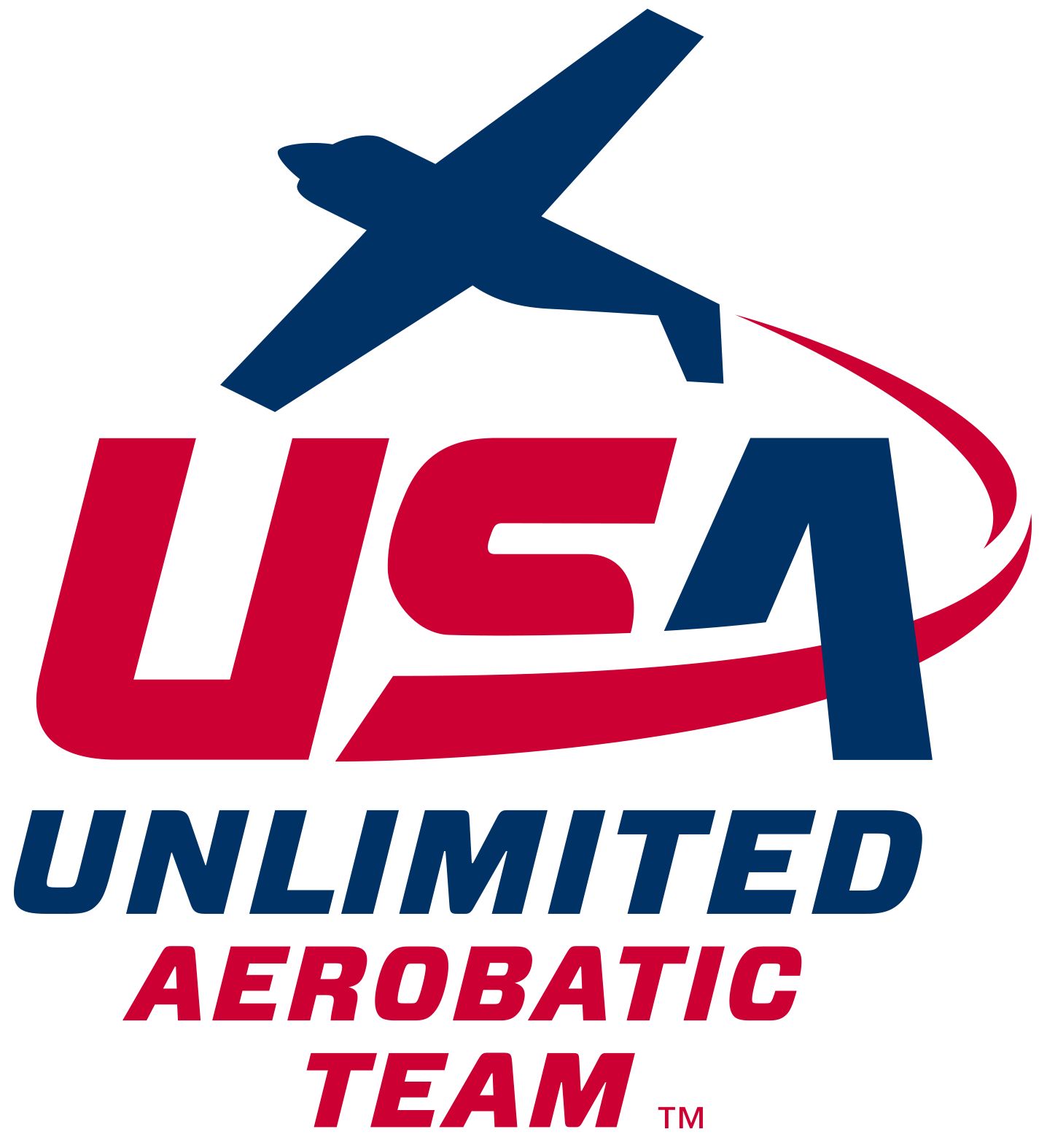Continuing our Catalogue tour, Family 2 are the turns. Turns come in two major types: aerobatic turns, which are simply a change of heading in 90°, 180°, 270°, and 360° increments; and rolling turns, which are a combination of a heading change and from one-half to four full rolls integrated over the total heading change.
In regard to the notation used for the aerobatic turns, it’s pretty much what you’d expect:

Figure 6 shows the four possible heading changes for upright aerobatic turns (any of these turns can be flown inverted as well, in which case they would be drawn with dashed lines). Notice that for turns of less than 360° of heading change, a dotted (not dashed) line is used to complete the full turn extent. This drawing convention, along with actually including the amount of heading change in the figure itself plus a slightly “squashed” look, helps to distinguish turns from looping lines when drawn on paper.
The majority of Family 2 is composed of rolling turns. Rolling turns include the same four possible heading changes you see in Figure 6, but add a requirement for the pilot to be rolling the airplane the entire time it is also turning:

In Figure 7, you see the same four heading changes depicted in Figure 6, but now there are curved arrows added to the turn symbol indicating the number and direction of the rolls which must be included within the turns. The number of arrows equals the number of rotations required. A full arrow for a full roll, a half arrow for a half roll. Bad enough that the pilot is being asked to roll and turn at the same time, but the required direction of the rolls is also defined relative to the direction of the turn itself. Examples 7-1 and 7-2 show the arrowhead pointing in toward the center of the turn. These turns are referred to as “rolling to the inside” which means that the direction of roll must be the same direction as the turn: that is, turn left and roll left, turn right and roll right. Example 71 must have one complete rotation (roll) evenly spread over 90° of heading change and the direction of roll must be the same as the direction of turn. Example 7-2 must have two complete rotations evenly integrated over 180° of turn, again with the direction of roll in the same direction as the turn.
In Example 7-3, the arrowheads point to outside of the turn. So in this figure, the pilot must evenly integrate three rotations over 270° of heading change, but the direction of roll must be opposite to the direction of turn. This is referred to as “rolling to the outside.”
Finally, in Example 7-4 the arrowheads alternate between pointing to the inside and to the outside of the turn. Logic prevails here, and you have probably already surmised that when flying this figure, the pilot must integrate four complete rotations over 360° of heading change and the direction of roll must alternate. The first roll would be in the same direction of the turn, followed by the second roll in the opposite direction to the turn, followed by the third roll in the same direction, followed by the fourth roll opposite to the direction of turn. The pilot does not have a choice in which order to alternate the rolls. Starting at the ‘dot’ and tracing the turn, the first arrow you come to determines the direction of the first roll. In this case, to the inside (the Catalogue also includes this same turn, but with the first roll to the outside).
As with the non-rolling, or aerobatic, turns, rolling turns can be started and ended in either upright or inverted flight. Of course, if there is a half or one and half rolls on the turn, the AoA will change from positive to negative or vice versa, and the turn will be accordingly drawn partially with a solid and partially with a dashed line, as illustrated in Figure 8.

This example is a rolling turn with one and a half rolls integrated over 180° of heading change (flown perfectly, this turn would have 180° of roll every 60° of heading change), starting from upright and finishing inverted. The first full roll must be flown in the same direction of the turn and the second half roll must be flown in a direction opposite to the direction of turn.

